Have you ever wondered what kind of beans make the best chili? Look no further, this guide will cover the 10 best beans for chili to help you decide with confidence!
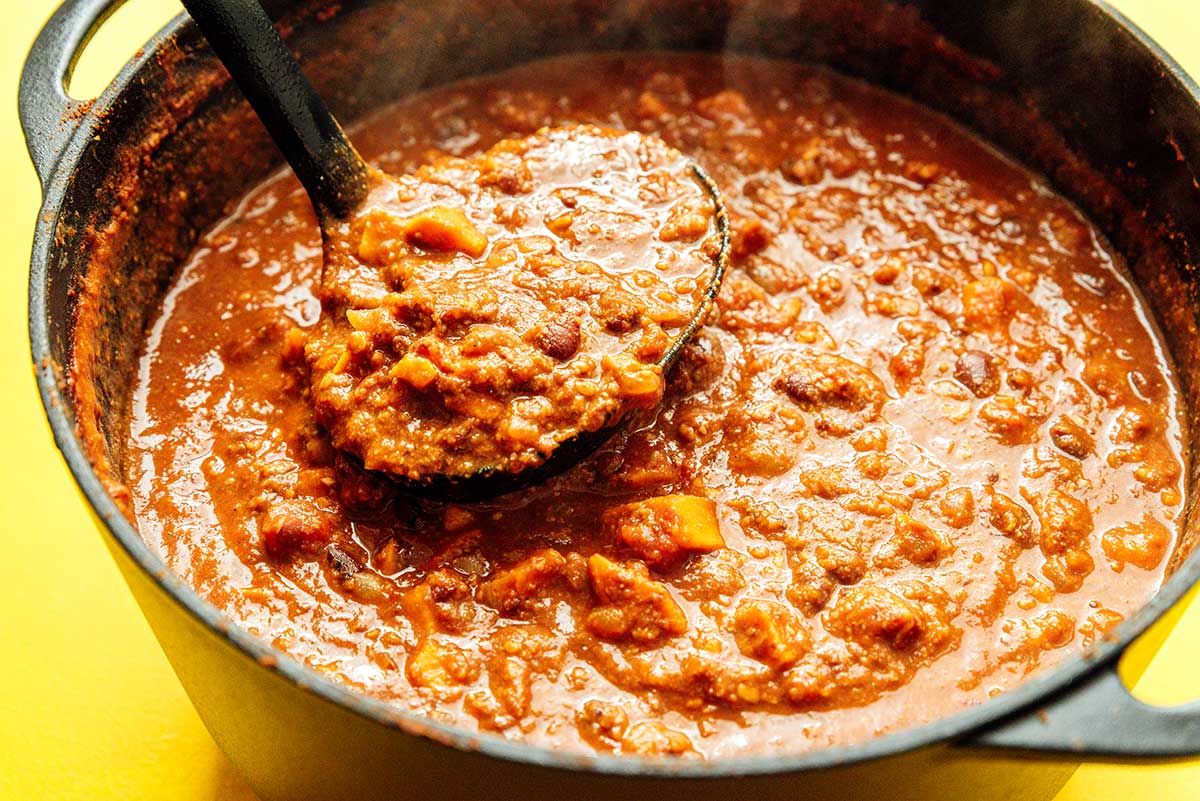
Bean Trivia
Can you guess how many varieties of beans there are? (scroll to the bottom of this post to find the answer)
5 Most Commonly Used Beans in Chili
While there are tons of kinds of beans that you could use in chili, we feel these 5 most common ones are a great starting point. I’ve used them all in a variety of delicious (and award winning) vegetarian chili recipes!
Kidney Beans
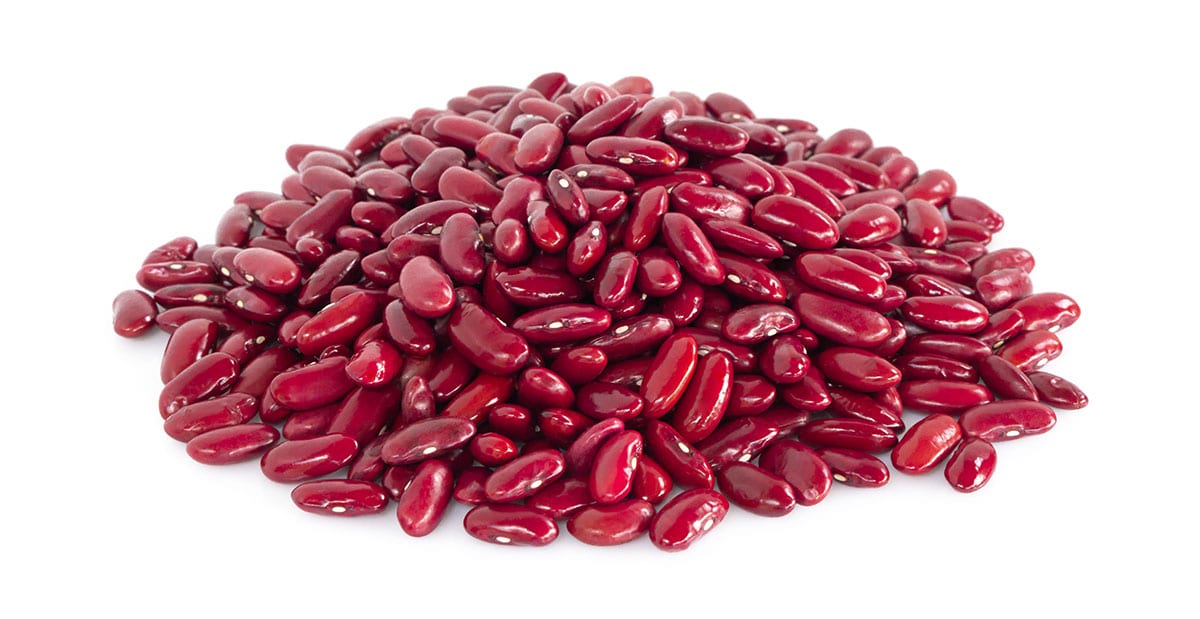
Kidney Beans or Red Beans are practically a world-wide favorite used in more chili recipes in the US than any other bean. They are so commonly used in chili that they are often just called chili beans. Their primary name comes from their kidney (the organ) shape, and they come in both dark and light varieties.
They absorb other flavors easily and hold their shape and texture well in cooking, not getting mushy easily. They are great in any chili like our Award-Winning Taco Soup. Don’t be fooled by the “soup” label. We took this recipe from a Live Eat Learn parent who won at least one chili cook-off award with the recipe.
Black Beans
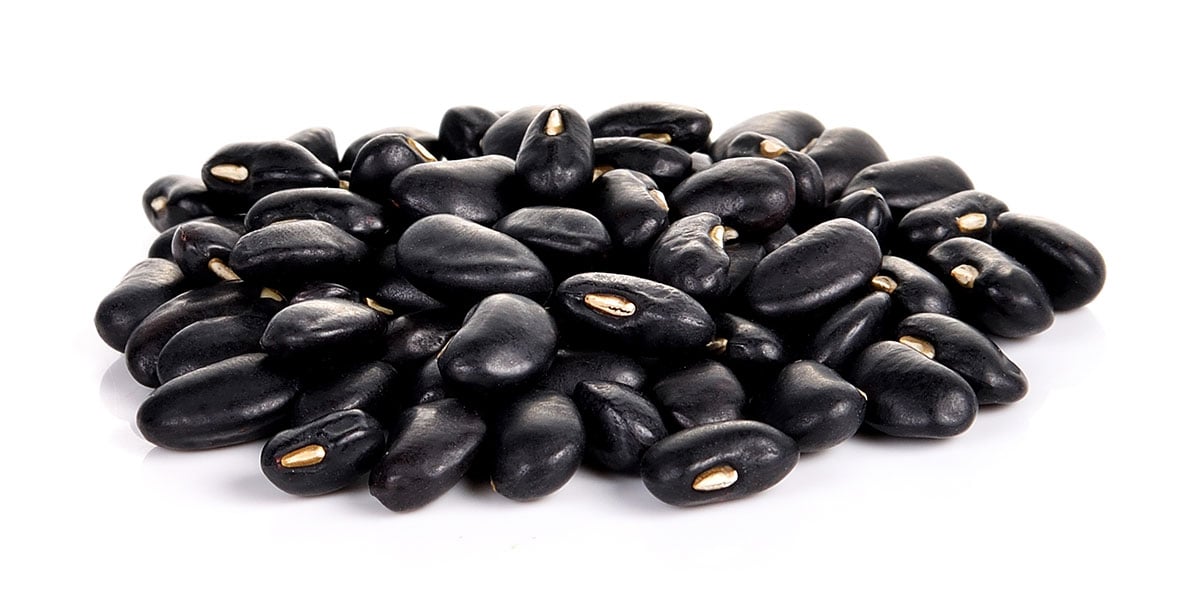
Black Beans are native to South America and are particularly popular in Latin American, cajun, and creole cuisines, but in the United States are a popular chili bean. They are a bit smaller than kidney beans, but hold their shape and texture in cooking like kidney beans do.
They are often found in vegetarian chili recipes as they are well known as a good protein source particularly valuable for a vegetarian or vegan diet. A ½ cup serving has 8 grams of protein and a fair amount of vitamins and minerals.
Ready to get cooking? Here’s how to cook black beans! If you want to try a unique and delicious chili give this Black Bean Chili or Sweet Potato Black Bean Chili a try.
Pinto Beans
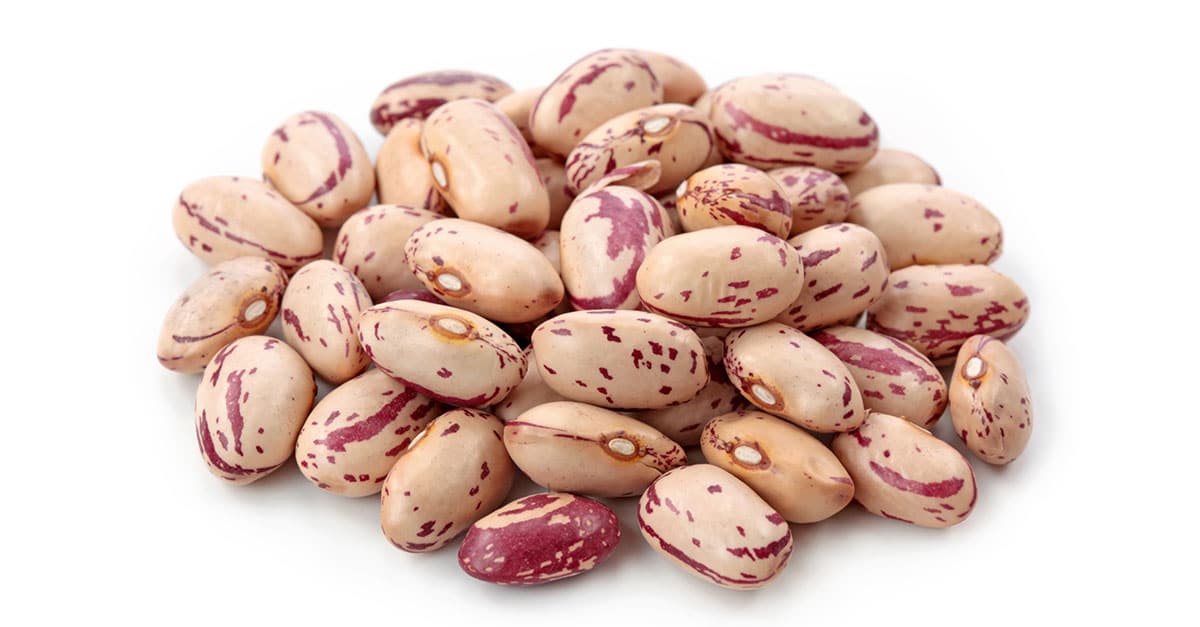
Pinto Beans are probably the most popular bean in Mexico and the US Southwest. They are often mashed to make refried beans. You no doubt eat them routinely in burritos, tacos, or really most Mexican cuisine. They are also great in chili, but be sure to add them later in the cooking process than other beans as they break down faster than some other beans.
Great Northern Beans
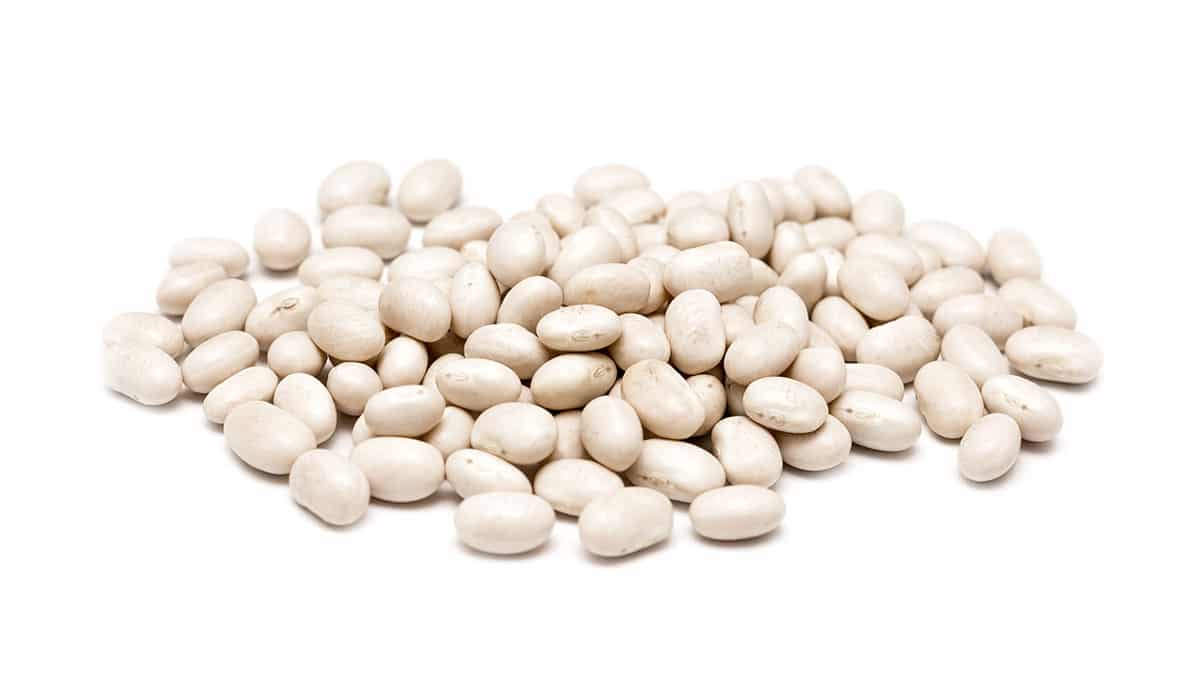
Great Northern Beans are a white bean quite similar to cannellini. You can easily substitute these for any recipe calling for cannellini beans. If you want a great vegan white bean chili try our favorite Vegetarian White Bean Chili.
Great northern beans go great in any chili calling for white beans, and hold up well in the cooking process. Their slightly nutty flavor is great, but they also absorb the flavor of other components in your chili as it cooks. Like most beans they have a wonderful nutrition profile with a ½ cup serving providing 7g of fiber and 8g of protein.
Cannellini Beans
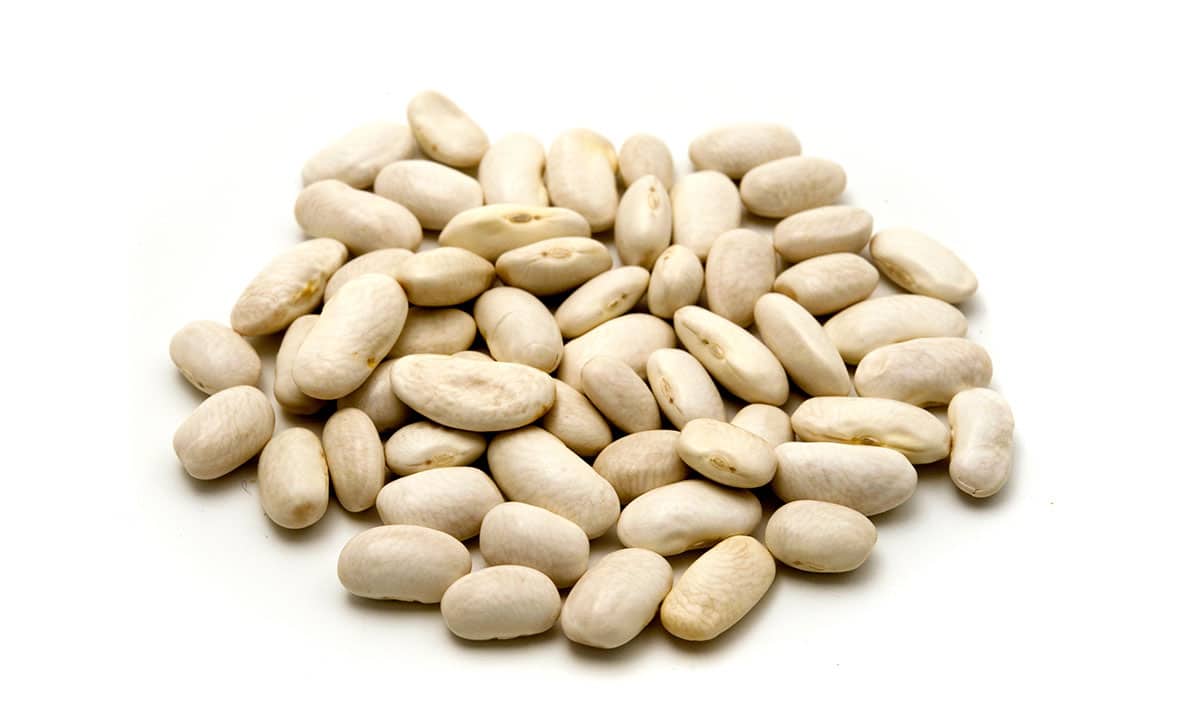
Cannellini Beans are sometimes called White Kidney Beans. They are a large ivory colored bean native to Italy. You can use them in any recipe that calls for white beans, or for that matter in lieu of navy beans. Our favorite use is in this White Bean Chili. They hold up well in heat, retaining their meaty texture and taste rather like kidney beans do.
These are the traditional favorites for chili, but there are no absolutes and our favorite recipes include multiple bean varieties. For more ideas on other possibilities check out 29 Types of Beans. Because hey “What kind of beans go best in Chili?” The ones you like best of course.
5 Beans Not as Often Used in Chili, But Ought to Be
Ok, here’s where we can get creative! The following list of beans are not often found in chili recipes but they should be. They are absolute show stoppers when it comes to flavor and texture.
Adzuki Beans
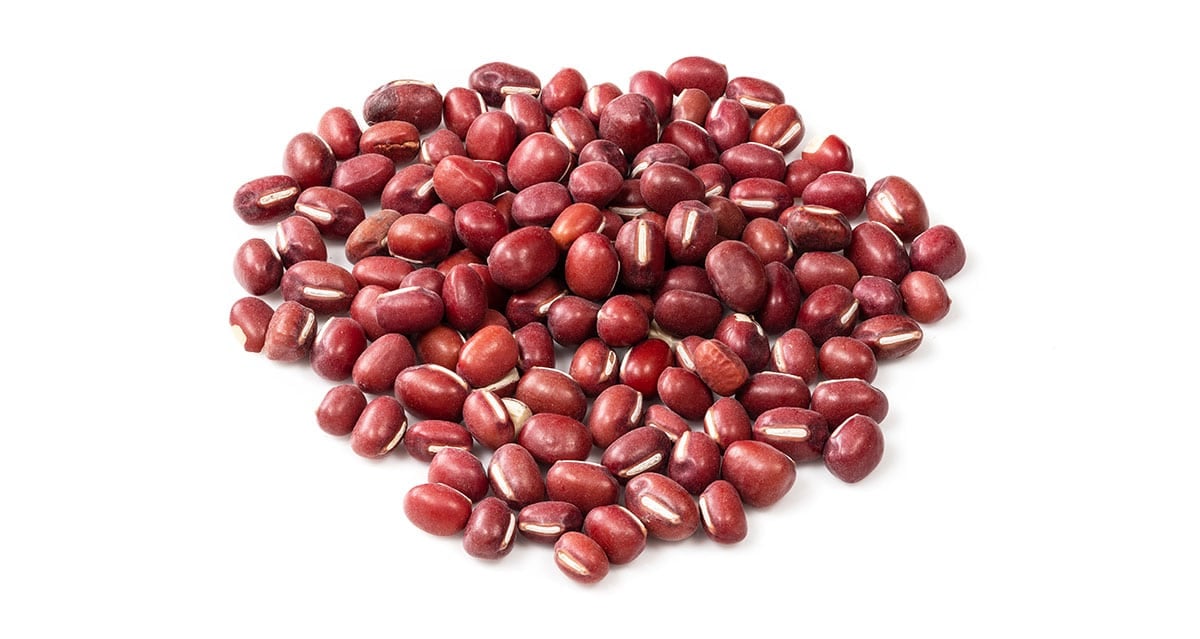
Adzuki Beans are a small red bean variety popular in East Asia where they are used in a red bean paste. You can, however, substitute adzuki into just about any recipe calling for a red bean. They have a pleasant sweet taste and are nutritionally dense particularly in folate and manganese.
Anasazi Beans
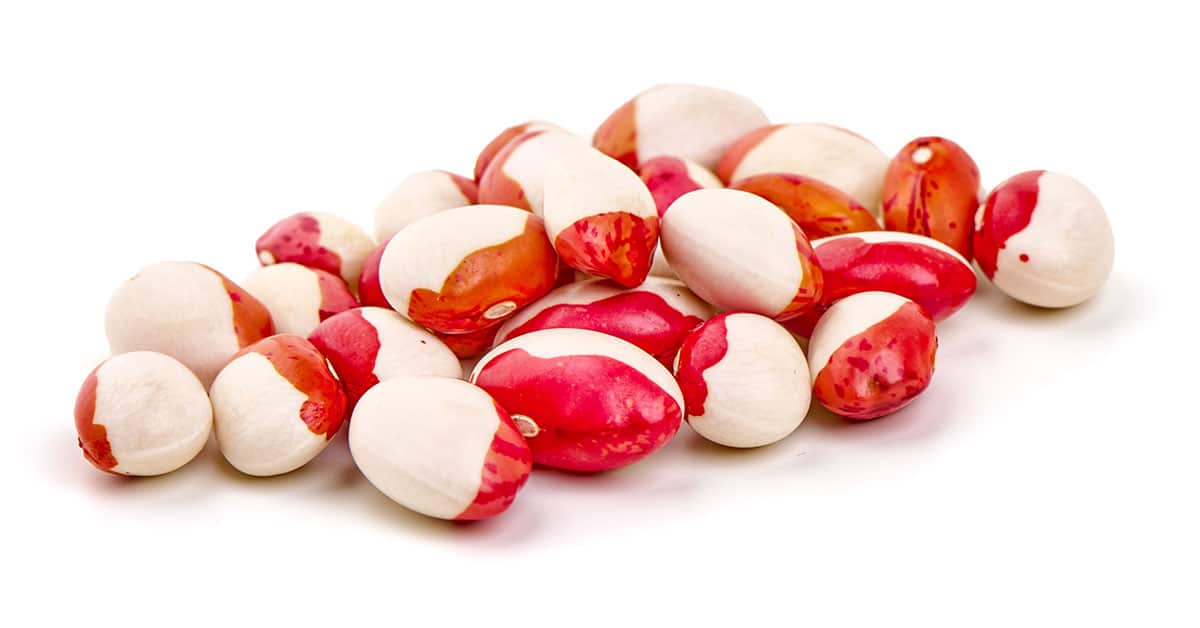
The Anasazi Indians lived in the region that is today parts of Arizona, Colorado, New Mexico, and Utah as early as 130 CE. You may be familiar with them for their renowned cliff dwellings in Mesa Verde National Park. They could just as well be noted for their agricultural achievements, and these beans were one of their contributions to the world. They disappeared from usage until beans were found in an ancient dwelling around a hundred years ago and brought back into cultivation.
Anasazi beans are most often used in recipes with ham and several Mexican cuisines. They are a slightly sweeter bean than most, so if that is what you want in a chili recipe these might be a good option.
Some sources claim that an advantage of Anasazi beans is that they cause you to produce very little gas relative to other bean varieties. We aren’t so certain about this claim. See our paragraph of intestinal gas further down in the post. The high fiber content in beans is what causes the gas, and Anasazi beans are only marginally lower in fiber than pinto, black, or kidney beans.
Cranberry Beans
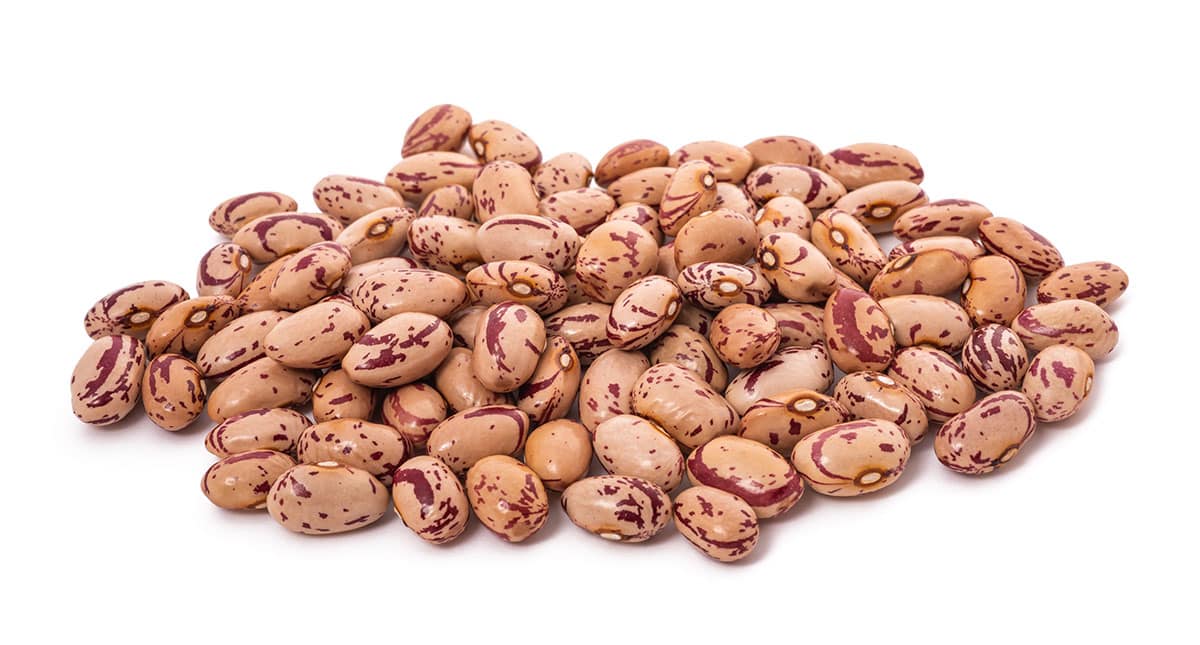
The Cranberry bean is also known as the Borlotti bean or Roman bean. They are a white bean with red specks making a very unique appearance. You can substitute these for most other beans in chili if you want to leverage their unique appearance in your chili.
Chickpeas or Garbanzo Beans
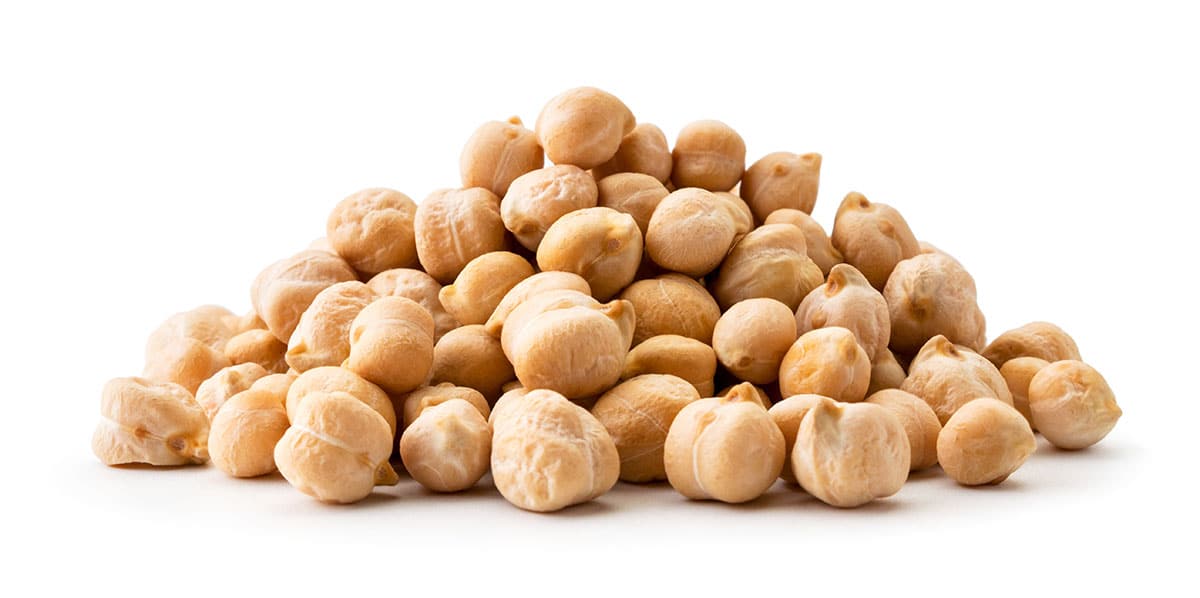
Chickpeas or Garbanzo Beans, two names for the same bean, are a staple among legumes. While canned chickpeas are the easiest option, there are three common types of chickpeas you can often purchase dry.
- Kabuli: These are large, beige, thin skinned, and are becoming increasingly available in American groceries. They have a mild nutty flavor and creamy texture.
- Desi: Small and dark skinned with a yellow interior, these beans are popular worldwide. They have a thicker, more nutritious seed coat than do Kabuli beans.
- Green: These are younger chickpeas with a sweet flavor, similar to green peas.
Garbanzo beans are a good option for white meat, vegetarian, or vegan chilis. If you want to know more, check out the incredibly healthy little chickpea!
Navy Beans
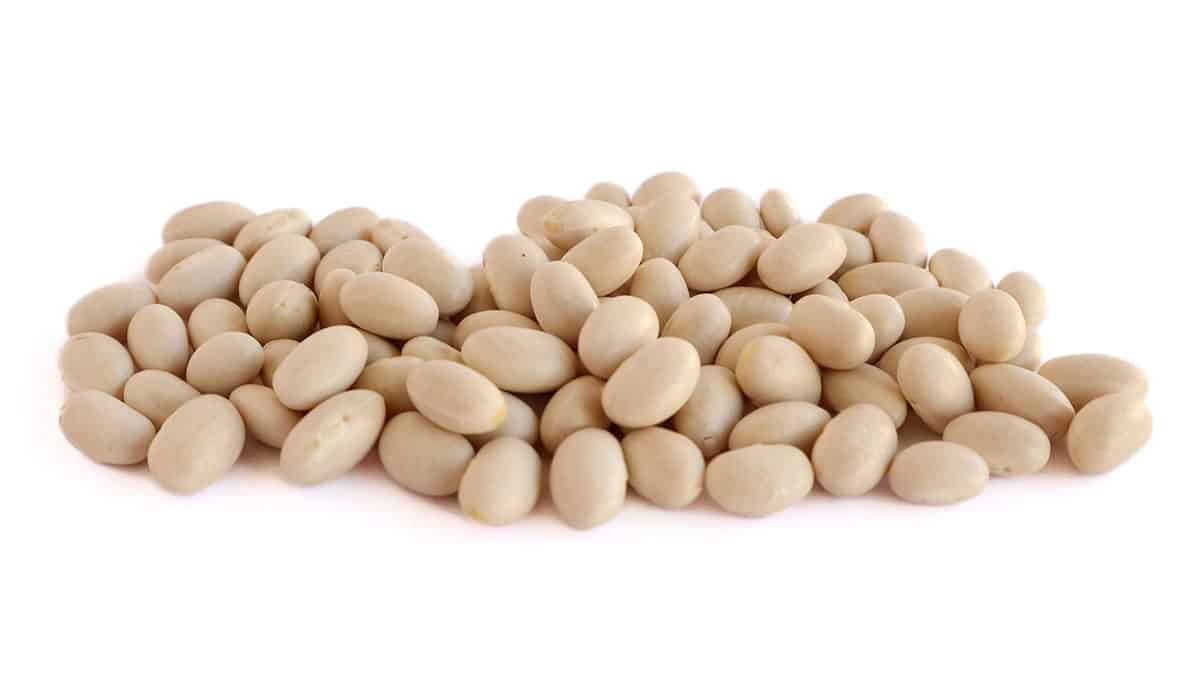
Navy Beans, also known as White Haricot Beans or Boston Beans, derived their name from the United States Navy in the early 1900s. Navy life then wasn’t quite what we see in Top Gun or the recruiting commercials to include the “chow”. Beans were a staple in the navy diet! Today, you can buy them raw or canned for easier immediate use, and use them in just about any chili recipe that calls for white beans.
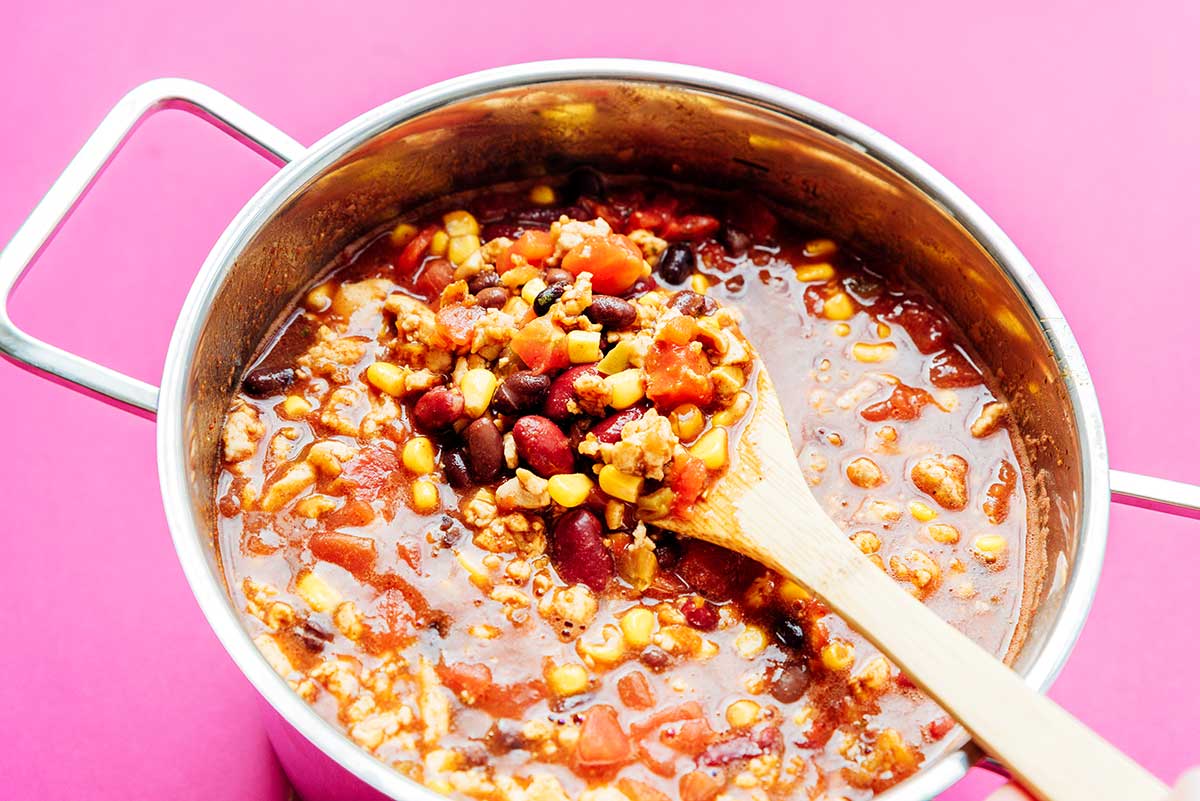
Should I use canned or dried beans For Chili?
While you may prefer one or the other, each has their appropriate uses. So let’s dive into the pros and cons to each!
Canned Beans
Using canned beans is easy and a big time saver. Just pop the cans open and dump them into your chili. We recommend putting them in late in the cooking process so they don’t get too mushy. You can either add them directly from the can or rinse them first. Many chili cooks prefer them unrinsed as the starchy water in the can helps thicken the chili.
Canned beans tend to be more expensive than buying bags of dried beans, and there is one major nutritional difference. Canned beans contain a lot of sodium. The USDA recommends you consume less than 2,300mg of sodium daily, and the CDC asserts that 90% of Americans exceed this, often by quite a bit. If you eat a lot of processed food or like to add salt to your meals, you are probably in this group.
Looking at the numbers, canned beans have dramatically more sodium than their dry counterparts:
| Type of Bean | Sodium mg (canned) | Sodium mg (dry) |
|---|---|---|
| Kidney Beans | 614 | 11 |
| Black Beans | 1633 | 8 |
| Pinto Beans | 1185 | 13 |
| Garbanzo Beans | 622 | 24 |
- Kidney Beans: A single can of Kidney beans with 330 calories contains 614 mg sodium. A similar caloric amount of dry beans has only 11 mg of sodium.
- Black Beans: A can of black beans with 387 calories contains 1633 mg sodium, but a similar caloric amount of dry black beans has only 8 mg of sodium.
- Pinto Beans: A can of pinto beans with 362 calories contains 1185 mg sodium. A similar caloric amount of dry pinto beans has 13 mg of sodium.
- Garbanzo Beans: And, a single can of garbanzo beans with 352 calories contains 622 mg sodium. A similar caloric amount of dry garbanzo beans has 24 mg of sodium.
So if you are concerned about the amount of sodium in your diet perhaps stick with the dry beans for great low sodium chili.
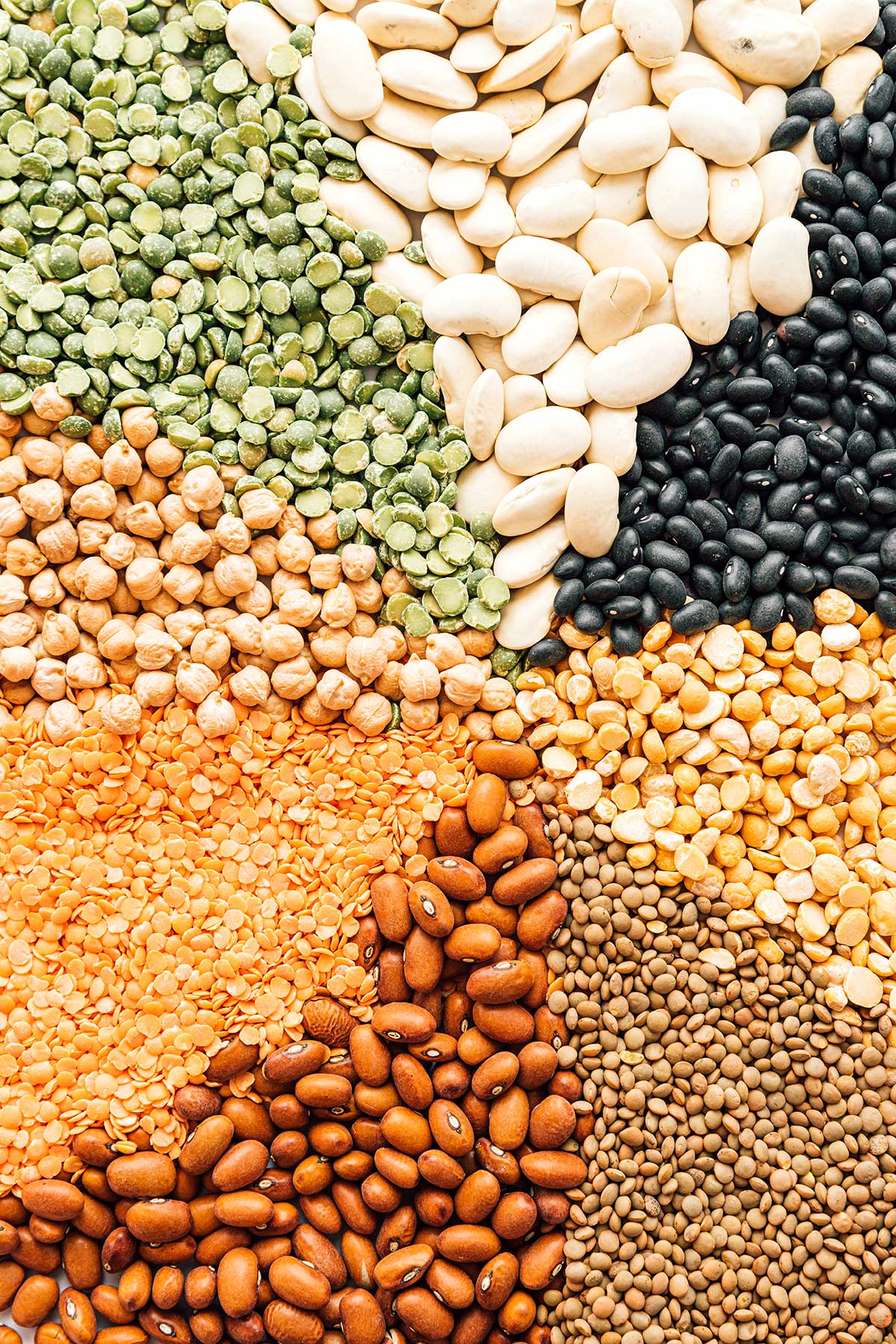
Dry Beans
Making chili with dry beans requires a little more work, but is a great option. Dry beans are cheaper, and don’t result in a pile of steel cans to recycle. They also give you more control over the cooking and resulting texture of your beans. Cooking dried beans also allows you to customize the flavor of the beans to fit your chili. Feeling garlic beans? Perfect. Want to add some onions? Great! Making your own allows you to do just that… make your chili your own!
I always find that my homemade beans turn out better than any store-bought can. Whip up a batch for your chili and include some extra for eating alone!
The Soaking Method
Most chili “professionals” soak their beans after a quick rinse. If you have time, just let the beans soak overnight for a next day chili preparation.
- Rinse the beans and put them back in a pot covered with fresh water at about 8-10 cups of water per pound of beans ratio.
- Bring the pot to a boil before reducing the heat, covering the pot, and allowing them to simmer for up to 2 hours. Different varieties require different times, so your best bet is to try them periodically to see when they get to your desired texture.
The “I Need These Today” Method
If you forgot to soak the beans the day before, or decided to make your chili on the spur of the moment, just use a hot soak technique.
- We recommend the same water ratio (8-10 cup of water per pound of beans), but bring the water and beans to a boil for 3-5 minutes.
- Shut off the heat and letting them soak for about an hour before draining and rinsing. Obviously the longer they soak the softer they will become. Check them periodically to get the texture you are after.
To Soak Or Not To Soak?
Surprisingly, soaking dried beans prior to cooking does not make them cook better or faster. In fact, it actually only marginally reduces cooking time while also making them less flavorful. I recommend skipping the overnight soak and boiling directly from the package (after rinsing, of course)!
However, if you struggle with digestibility, you may want to keep the soaking step. It’s thought that this step helps improve the digestibility of the beans, which may make it a necessary step for some.
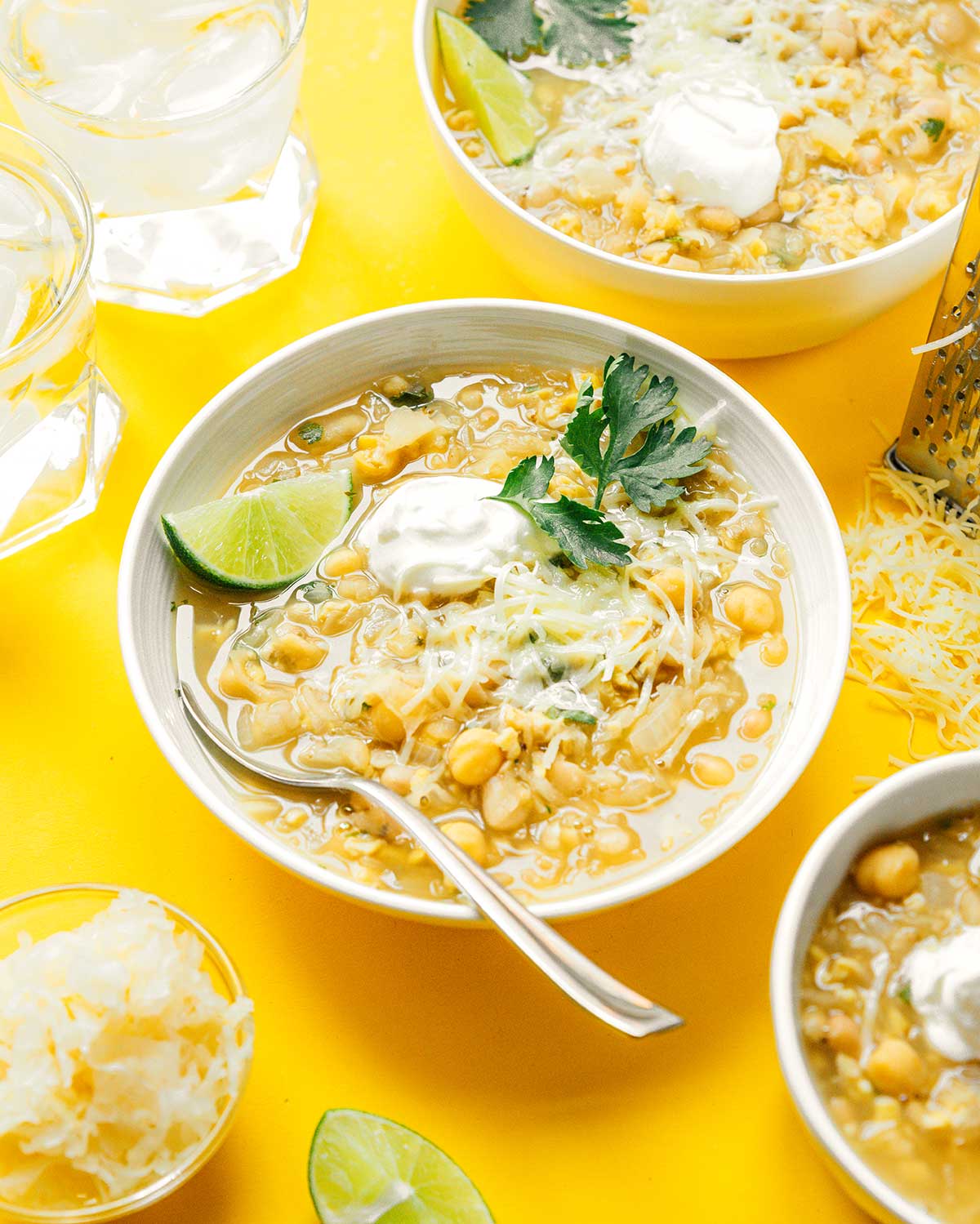
Common Questions
Is Chili Keto?
Chili can be keto. Find a good “Meat Lovers” chili recipe without corn, peas, or other starchy vegetables, and most of all skip the beans. According to the USDA a ½ cup serving of canned kidney beans contains 14g of net carbs (total carbs minus fiber).
So, while the beans do not support a Keto or other low carb diet, that ½ cup provides 8% of the RDA of Iron, 10% Folate, 10% Magnesium, 6% Calcium, and a host of other vitamins and minerals.
What beans can I substitute for kidney beans?
If you want to maintain the dark appearance in your chili your best bet is black beans, but there are at least 29 Types of Beans you could consider.
What is the best substitute for beans in chili?
Many people prefer their chili with no beans at all, and while we are a vegetarian cooking blog there is nothing wrong with a good meat lover’s chili.
There are, however, a lot of great options for bean substitutes. Try soy beans, tofu, edamame, lima beans, peas, or mushrooms. You can also go with a grain like farro, quinoa, brown rice, white rice, or riced cauliflower.
Does eating beans cause intestinal gas?
According to the National Institute of Health and the Cleveland Clinic, YES they do. The mechanism (culprit) for this is the fiber in beans. As the bacteria in your digestive tract works to digest fiber, they create gas as a by-product. Don’t let this keep you from eating beans!
The United States Department of Agriculture states that over 90% of Americans do not consume enough fiber in their diet. The RDA is 25g for women and 38g for men. Beans are high fiber foods that can help you reach the RDA. To avoid bloating and intestinal gas, however, you should slowly increase your consumption of beans vs diving right in.
Other Considerations for World Class Chili
Best Peppers for Chili
Peppers are quite arguably more important to great chili than bean selection, particularly given the wide range of heat in the Schiller Heat Unit (SHU) index. The most commonly found peppers in American chili recipes are:
- Jalapeño
- Serrano
- Poblano
- Habañero
There is, however, a whole world of other pepper options to vary the taste and heat in your chili. Check out our 29 Types of Peppers from Mild to OMG! We rank them by SHU so you know what you are getting into. If you like HOT just scroll to the bottom of that post for the real scorchers!
Best Chili Toppings
Toppings are probably right up there with peppers, beans, and meat selection in creating a great chili. Our favorites include:
- Cheese (check out our 53 Types of Cheese for a lot of great options and ideas)
- Sour Cream
- Tortilla or Corn Chips
- Chives or Green Onions
- Corn
- Black Olives
- Avocado slices
Your imagination is the limit and there are no wrongs, as long as you put your topping options on the side for your guests to choose from.
Best Uses for Chili Outside the Bowl
- Hamburger or Hot Dog topping
- Burritos
- Nachos
- Baked Potato topping
- Chili Mac N Cheese
That is about it for our thoughts on the best beans for chili. We hope you found something you can use in your chili here, and as always happy cooking!
Trivia Answer
There are 40,000 varieties of beans world wide! And, many can be dated way back and are thought to have been one of the first foods when people begin walking upright.
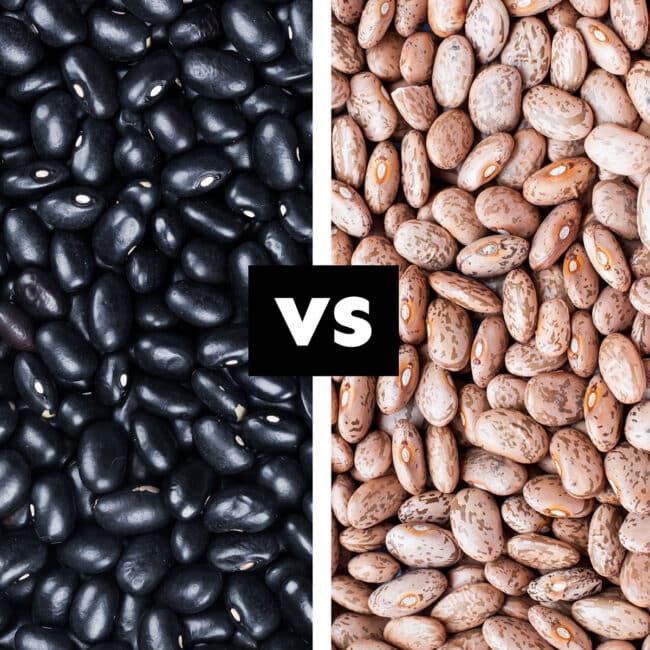
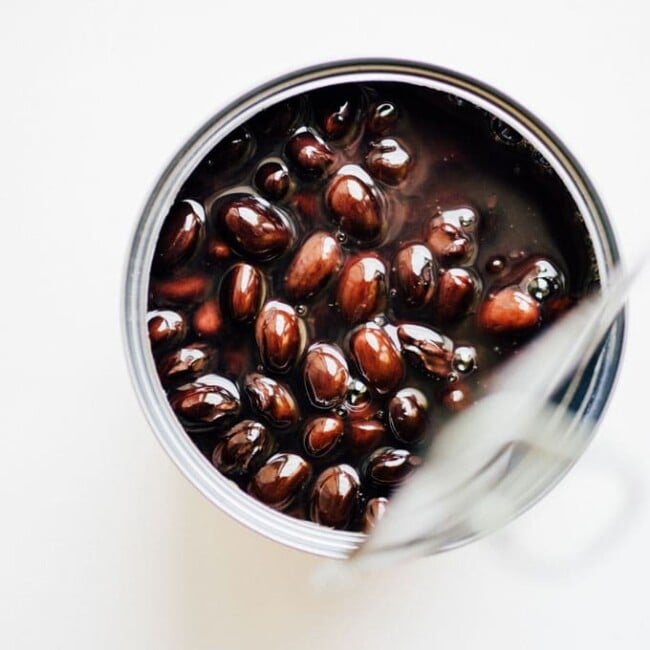
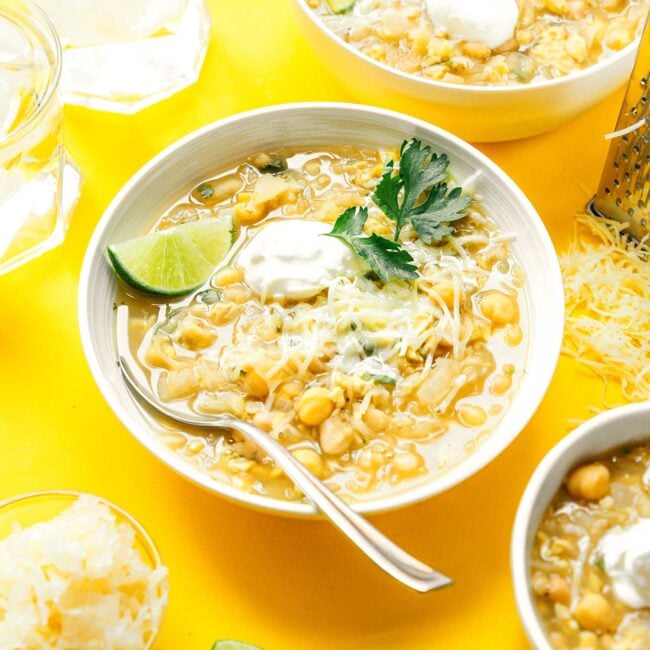
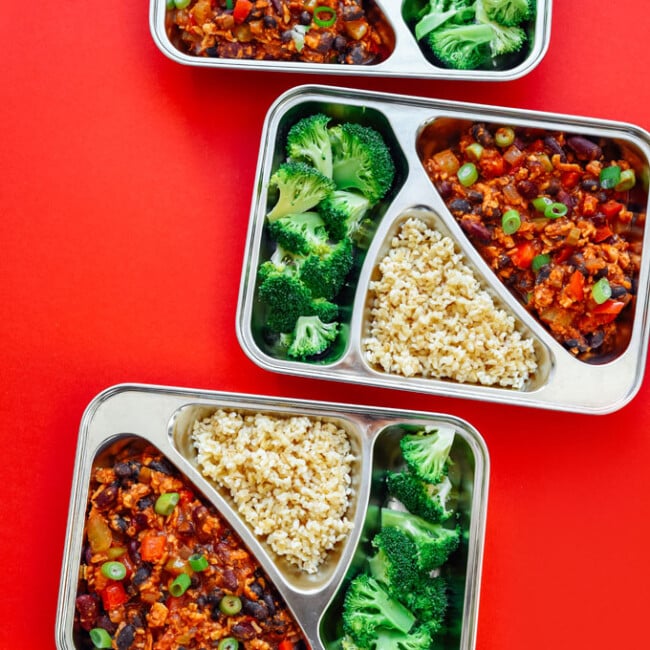
Marilyn says
Hi Just a quick note here. Your 10 Best Beans for Chili – sodium chart. You do know that you can buy beans in a can that have NO added salt, right? My husband has kidney and diabetic disease but he loves his chili. But I am lazy, so I buy low sodium canned tomatoes, and canned pinto beans and canned chili, saute up some onions, dump in the cans and heat for like a half hour or so and TA DA! I have even done this a day or two before his blood tests and his creatinine and GFR are still good to go.